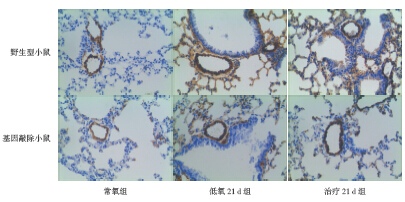 PDF(1135 KB)
PDF(1135 KB)


Effects of postnatal growth retardation on early neurodevelopment in premature infants with intrauterine growth retardation
CAI Yue-Ju, SONG Yan-Yan, HUANG Zhi-Jian, LI Jian, QI Jun-Ye, XIAO Xu-Wen, WANG Lan-Xiu
Chinese Journal of Contemporary Pediatrics ›› 2015, Vol. 17 ›› Issue (9) : 893-897.
 PDF(1135 KB)
PDF(1135 KB)
 PDF(1135 KB)
PDF(1135 KB)
Effects of postnatal growth retardation on early neurodevelopment in premature infants with intrauterine growth retardation
Objective To study the effects of postnatal growth retardation on early neurodevelopment in premature infants with intrauterine growth retardation (IUGR).Methods A retrospective analysis was performed on the clinical data of 171 premature infants who were born between May 2008 and May 2012 and were followed up until a corrected gestational age of 6 months. These infants were classified into two groups:IUGR group (n=40) and appropriate for gestational age (AGA) group (n=131). The growth retardation rates at the corrected gestational ages of 40 weeks, 3 months, and 6 months, as well as the neurodevelopmental outcome (evaluated by Gesell Developmental Scale) at corrected gestational ages of 3 and 6 months, were compared between the two groups.Results The growth retardation rate in the IUGR group was significantly higher than in the AGA group at the corrected gestational ages of 40 weeks, 3 months, and 6 months. All five developmental quotients evaluated by Gesell Developmental Scale (gross motor, fine motor, language, adaptability and individuality) in the IUGR group were significantly lower than in the AGA group at the corrected gestational ages of 3 months. At the corrected gestational age of 6 months, the developmental quotients of fine motor and language in the IUGR group were significantly lower than in the AGA group, however, there were no significant differences in the developmental quotients of gross motor, adaptability and individuality between the two groups. All five developmental quotients in IUGR infants with catch-up lag in weight were significantly lower than in IUGR and AGA infants who had caught up well.Conclusions Growth retardation at early postnatal stages may adversely affect the early neurodevelopment in infants with IUGR.

Intrauterine growth retardation / Catch-up growth / Neurodevelopment / Premature infant